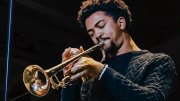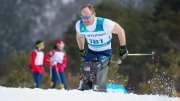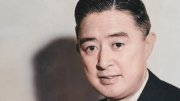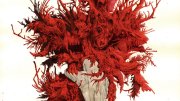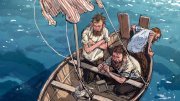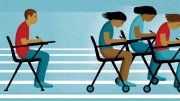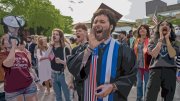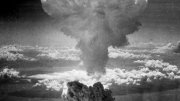When Toussaint Miller ’25 arrived at Harvard, he figured he was done with music. He’d loved playing trumpet in his high school jazz band, but now it was time to focus on his books. He wanted to go to medical school, maybe become a surgeon. “I was like, I’m going to be in the library 24/7; this is my calling,” he says. “I don’t have time for music.” He remembers telling all this to a classmate who sat next to him in Annenberg Hall one evening during his first week on campus. The two discovered they were both trumpet players. The other young man asked Miller if he was planning to join the Harvard jazz band. No, Miller said. Definitely not.
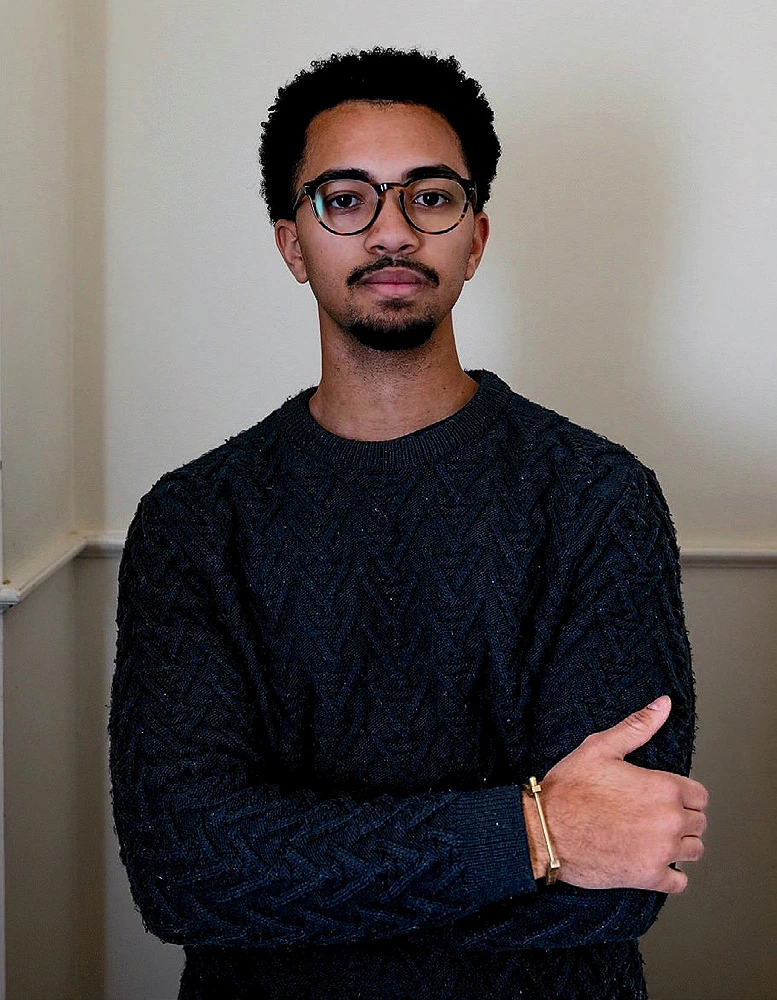
A couple of days later, he woke up to an email confirming that he was registered for jazz band auditions. The classmate he’d met at Annenberg—Emil Massad ’25, now one of Miller’s close friends—had signed him up without asking. “And thank God he did,” Miller says, “because music has since become one of the most salient and important things in my time here.” During the past four years, he has studied with faculty musicians Vijay Iyer, Yosvany Terry, and Claire Chase, and former faculty member esperanza spalding (see harvardmag.com/esperanza-spalding-22). As freshmen, he and three friends—Anya N. Sesay ’25, Jetta M. Strayhorn ’25, and Mariah M. Norman ’25—co-founded the Black Arts Collective, an undergraduate organization encompassing music, writing, performance, and visual art. “Very early on we started holding what we called maker spaces, highlighting a specific medium—a poetry reading, or a jam session—so that other artists could learn about them, and so that people who practice that medium could teach it,” Miller says. The collective’s membership is now in the hundreds.
Art infuses his academic life, too. Concentrating jointly in music and neuroscience, he’s now planning a career that focuses partly on the overlap between medicine and the arts; he’s long been intrigued by research on the effects of music on the brains of Alzheimer’s patients. A few years ago, Miller developed a research project studying music therapy for people with cognitive impairments caused by stroke or neurological trauma. “Music is a very potent therapeutic,” he says. “It’s fascinating how it can evoke memories or emotions that would otherwise be lost.”
When he was growing up, music and medicine were constants. So was a strong emphasis on black history and civic life. Miller lived with his mother and grandparents in Cleveland, near the city’s Cultural Gardens, a collection of public gardens representing local immigrant and ethnic communities. His mother, an amateur sociology scholar, named him after Toussaint Louverture, leader of the Haitian Revolution, which began in 1791; Miller’s younger brother, Fanon, was named for Frantz Fanon, the twentieth-century Afro-Caribbean anti-colonial philosopher. “So, we have this lineage in our names,” Miller says. And in his family: his grandmother started a local nonprofit organization for literacy. Because she was also diabetic, he often accompanied her to doctor appointments. When he was 13, she encouraged him to read Gifted Hands, by neurosurgeon (and conservative politician) Ben Carson. “It’s kind of a loaded subject nowadays because of his politics, but at the time, he was a beacon of what was possible,” Miller recalls: a black physician at the top of his field.
In their home, his grandmother’s record player was always busy during weekends; she’d listen to Nina Simone, Billie Holiday, Ella Fitzgerald, Louis Armstrong. His mother liked hip hop and neo-soul: Jill Scott, Erykah Badu, India Arie. The first instrument Miller learned to play was piano, “But once it got to that left hand, I was like, this isn’t for me.” At 11, he switched to trumpet, and everything fell into place.
At Harvard, he began composing and leaned even more heavily into jazz: “It’s American classical music, built on the experiences of African Americans.” He listened to great trumpeters like Miles Davis, Freddie Hubbard, and Theo Croker, working to grasp the subtleties of their musicianship. In 2023, Miller composed the music for “All Sing,” a spoken-word poem performed during former president Claudine Gay’s installation festivities. That year, he also organized a Black Arts Collective gala at the Smith Center, centered on the work of jazz photographer Chuck Stewart. A panel discussion and an award ceremony honoring two Grammy-winning artists were accompanied by an exhibition of Stewart’s previously unseen portraits of figures such as Maya Angelou, Nina Simone, and James Baldwin. (The event led to an opportunity to curate an exhibit of Stewart’s work last year at the Cleveland Orchestra; this spring, Miller is curating a new exhibit there.)
Even though Stewart was not a musician, his work speaks deeply to Miller. “He devoted his entire life to his practice,” he says. One of the most prolific photographers of the twentieth century, Stewart had more than 800,000 works in his archive. “From the moment he got his first camera at 13 to when he passed away at 89, his livelihood and artistic expression were inextricably linked,” Miller says. Stewart’s career speaks to part of the collective’s mission: to demonstrate that the arts can be a professional pursuit. “It doesn’t have to be a secondary thing.” He believes this is an especially important message for black students to hear.
After he graduates this spring, Miller plans to earn a master’s degree in public health before applying to medical school. “I want to study how art and medicine connect,” he says. He already knows one connection: in representation and belonging. A question that often lurks behind artistic narratives and scientific research, he says, is, “Who counts?” Medical advances have often come at the expense of marginalized people, and art has often reinforced those inequalities. Yet science and art are essential, and beautiful. This is, Miller says, “an enduring paradox.” Ever since he was a boy accompanying his grandmother to the doctor, he has wanted to be a healer. Part of the work, he has realized, will be reconciling these “disagreeable truths.” And that itself is a healing art.
